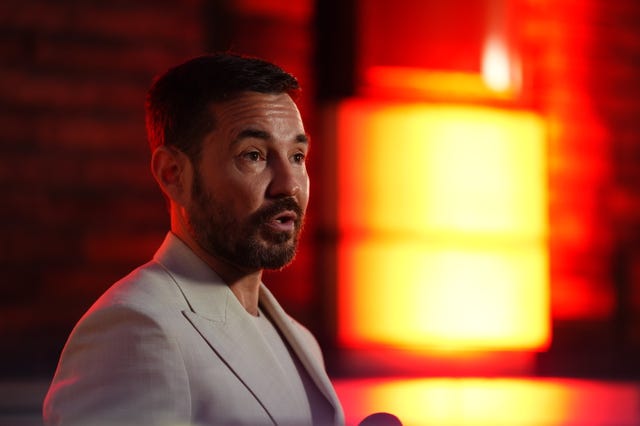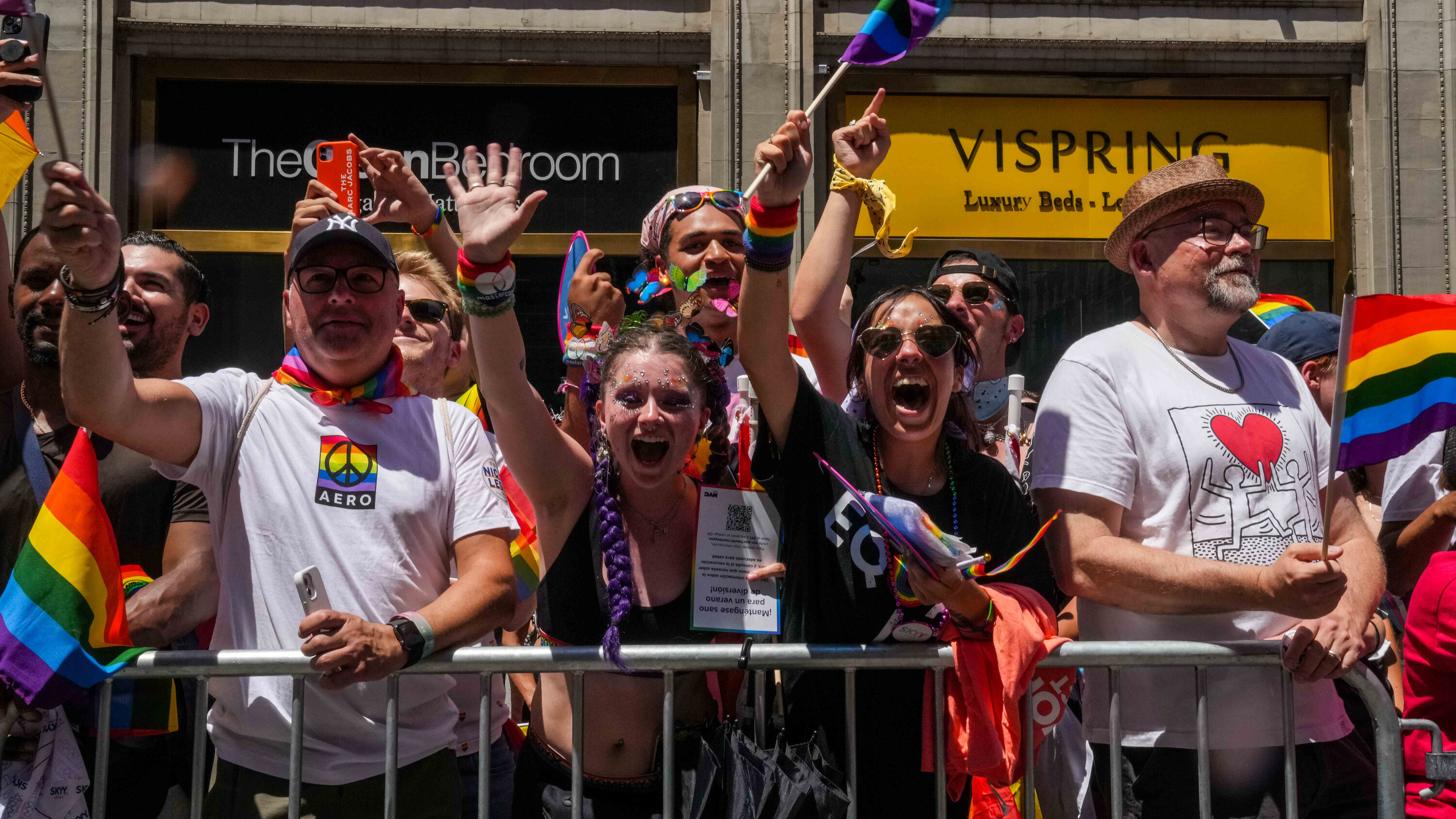Hells Angels: A Comprehensive Overview

Table of Contents
History of the Hells Angels
Early Years and Founding
The Hells Angels' story begins in post-World War II California. Founded in 1948 in Fontana, California, the club’s early membership consisted largely of veterans adjusting to civilian life. Their initial activities centered around motorcycle rallies and the camaraderie of riding. The early structure was relatively loose, but the seeds of a powerful, hierarchical organization were already being sown.
- Key Founding Members: While precise details are scarce, several individuals are considered instrumental in the club's formation.
- Initial Location: Fontana, California, served as the birthplace of the Hells Angels Motorcycle Club.
- Early Club Activities: Motorcycle rallies, bar fights, and displays of bravado were common early activities.
- Early Internal Structure: Loosely organized, with a growing emphasis on loyalty and brotherhood.
Expansion and Growth
From their California roots, the Hells Angels rapidly expanded across the United States and internationally. This growth wasn't without challenges; rival motorcycle clubs and law enforcement posed significant obstacles. However, strategic expansion, the creation of new chapters, and a focus on maintaining internal cohesion propelled their growth.
- Key Dates and Locations of Expansion: The 1950s and 60s saw significant expansion throughout the US, followed by international growth in subsequent decades.
- Significant Chapters: The establishment of "mother chapters" served as a foundation for further expansion and influence.
- Challenges to Expansion: Rival biker gangs and increasing law enforcement scrutiny frequently hampered their expansion efforts.
- Strategies for Expansion: The club utilized a hierarchical structure and strict codes of conduct to maintain control and facilitate expansion.
Evolution of the Club's Image
The public perception of the Hells Angels has dramatically evolved over time. Early media portrayals, often sensationalized, solidified their image as outlaws. However, the club itself has attempted, with varying degrees of success, to control its narrative. This has involved carefully curated public appearances and attempts to present a more positive image.
- Key Media Portrayals: From "Easy Rider" to numerous news reports, media depictions have significantly shaped the public's view of the Hells Angels.
- Shifts in Public Opinion: Public perception has oscillated between fascination, fear, and condemnation.
- The Club's Attempts to Control its Image: The Hells Angels have attempted to project a more positive image through controlled media appearances and community involvement, although these efforts have often been overshadowed by their alleged criminal activities.
Hells Angels Motorcycle Club Structure and Organization
Chapter System
The Hells Angels' organizational structure is based on a hierarchical chapter system. Mother chapters exert significant influence over subordinate chapters, ensuring uniformity and control across the organization. This system facilitates communication and coordination, allowing for efficient operation and expansion.
- Role of Mother Chapters: These chapters serve as the foundation for the entire organization, providing guidance and oversight to subordinate chapters.
- Charter Application Process: Becoming a chartered chapter involves a rigorous process, demonstrating loyalty and commitment to the organization's values.
- Internal Governance: Internal rules and regulations maintain order and discipline within the club.
- Communication Between Chapters: Effective communication between chapters is vital for coordinated operations and expansion.
Membership and Initiation
Becoming a full-fledged member of the Hells Angels is a challenging and lengthy process. Aspiring members, known as "prospects," must endure a period of probation and demonstrate unwavering loyalty. The initiation process is shrouded in secrecy, but it's understood to be a significant test of commitment.
- Prospect Status: Potential members go through a probationary period, proving their worthiness.
- Requirements for Full Membership: Strict requirements involve demonstrating complete loyalty, participating in club activities, and adhering to the club’s internal rules.
- Initiation Rituals: The exact details of these rituals remain largely unknown due to the secretive nature of the organization.
- Significance of Patches and Colors: The iconic Hells Angels patches and colors are symbols of membership, signifying status and belonging within the organization.
Rules and Codes
The internal rules and codes of conduct within the Hells Angels are largely unknown, reflecting the secretive nature of the organization. However, loyalty, brotherhood, and adherence to the club’s hierarchy are understood to be paramount. Violation of these unspoken rules can have severe consequences.
- Known Internal Rules: Very little is publicly known about their internal rules and regulations.
- Consequences of Violating Rules: The penalties for breaking internal rules can range from expulsion to far more severe consequences.
- The Importance of Loyalty and Brotherhood: These values form the cornerstone of the club's culture and cohesion.
Hells Angels and Criminal Activity
Allegations and Convictions
The Hells Angels have faced numerous allegations of criminal activity over the years. These include drug trafficking, violence, racketeering, and other serious crimes. Many members have been convicted of various offenses, resulting in extensive legal battles and prison sentences. It's crucial to distinguish between individual actions and collective responsibility when examining these accusations.
- Types of Criminal Activities: Allegations encompass a wide range of criminal enterprises.
- High-Profile Cases and Convictions: Several high-profile cases have exposed the club’s alleged involvement in serious criminal activity.
- The Club's Response to These Allegations: The Hells Angels consistently deny widespread criminal activity, claiming that such actions are the responsibility of individual members, not the club as a whole.
Law Enforcement Strategies
Investigating and prosecuting Hells Angels members presents significant challenges for law enforcement. The club's secretive nature, strict code of silence, and sophisticated organizational structure hinder investigative efforts. International cooperation is often crucial in tackling their alleged transnational criminal activities.
- Challenges in Infiltration: The club's tight-knit structure and strict security measures make infiltration difficult.
- Difficulties in Gathering Evidence: The secretive nature of the club and the willingness of members to protect each other make gathering evidence challenging.
- Legal Strategies Used by Law Enforcement: Law enforcement agencies use various legal strategies, including RICO charges, to prosecute Hells Angels members.
- International Cooperation: International cooperation is essential to effectively investigate and prosecute transnational criminal activities.
The Line Between Motorcycle Club and Criminal Enterprise
The line between the Hells Angels' legitimate activities—motorcycle rallies, social events—and alleged criminal enterprises is often blurred. This ambiguity is central to the ongoing debate surrounding the club's true nature. Are they a brotherhood of motorcycle enthusiasts, or a sophisticated criminal organization masquerading as a social club? The answer remains complex and debated.
- Arguments for and Against the Characterization of the Hells Angels as a Criminal Organization: The arguments are complex and depend on interpretation of available evidence.
- The Difficulties in Separating Legitimate and Criminal Activities: Disentangling legitimate activities from alleged criminal enterprises is a significant challenge.
Conclusion
The Hells Angels Motorcycle Club, with its rich history, complex organizational structure, and controversial reputation, remains a subject of ongoing fascination and scrutiny. Understanding their story requires examining their evolution from a post-war motorcycle club to a global organization with alleged ties to serious criminal activity. The blurred lines between legitimate activities and alleged criminal enterprises make this a multifaceted and continuously evolving narrative. To further your understanding of the Hells Angels Motorcycle Club, explore credible sources and academic studies on organized crime and biker gangs. The Hells Angels MC's story is far from over, and further research is needed to fully comprehend its complexities.

Featured Posts
-
 Borsa Europa Prudenza In Attesa Della Fed Piazza Affari E Le Banche
May 25, 2025
Borsa Europa Prudenza In Attesa Della Fed Piazza Affari E Le Banche
May 25, 2025 -
 Naomi Kempbell Otkrovennye Obrazy Dlya Glyantsa
May 25, 2025
Naomi Kempbell Otkrovennye Obrazy Dlya Glyantsa
May 25, 2025 -
 Zheng Moves Past Frech In Rome Reaches Last 16
May 25, 2025
Zheng Moves Past Frech In Rome Reaches Last 16
May 25, 2025 -
 Martin Compstons Glasgow Thriller A Los Angeles Vibe
May 25, 2025
Martin Compstons Glasgow Thriller A Los Angeles Vibe
May 25, 2025 -
 A Return To Pride And Prejudice Focusing On Donald Sutherlands Masterful Acting
May 25, 2025
A Return To Pride And Prejudice Focusing On Donald Sutherlands Masterful Acting
May 25, 2025
Latest Posts
-
 Rehoboth Beach The Perfect Stress Reducing Destination
May 26, 2025
Rehoboth Beach The Perfect Stress Reducing Destination
May 26, 2025 -
 Hoka Cielo X1 2 0 Review Lightweight Rocker For Speedier Runs
May 26, 2025
Hoka Cielo X1 2 0 Review Lightweight Rocker For Speedier Runs
May 26, 2025 -
 Dc Black Pride A Legacy Of Resistance And Resilience
May 26, 2025
Dc Black Pride A Legacy Of Resistance And Resilience
May 26, 2025 -
 D C S Historic Pride Celebration What To Expect This Year
May 26, 2025
D C S Historic Pride Celebration What To Expect This Year
May 26, 2025 -
 Stress Relief Awaits Plan Your Rehoboth Beach Trip
May 26, 2025
Stress Relief Awaits Plan Your Rehoboth Beach Trip
May 26, 2025
